Home>Technology>Home Entertainment Systems>Who Invented The Projector (Kinetoscope)
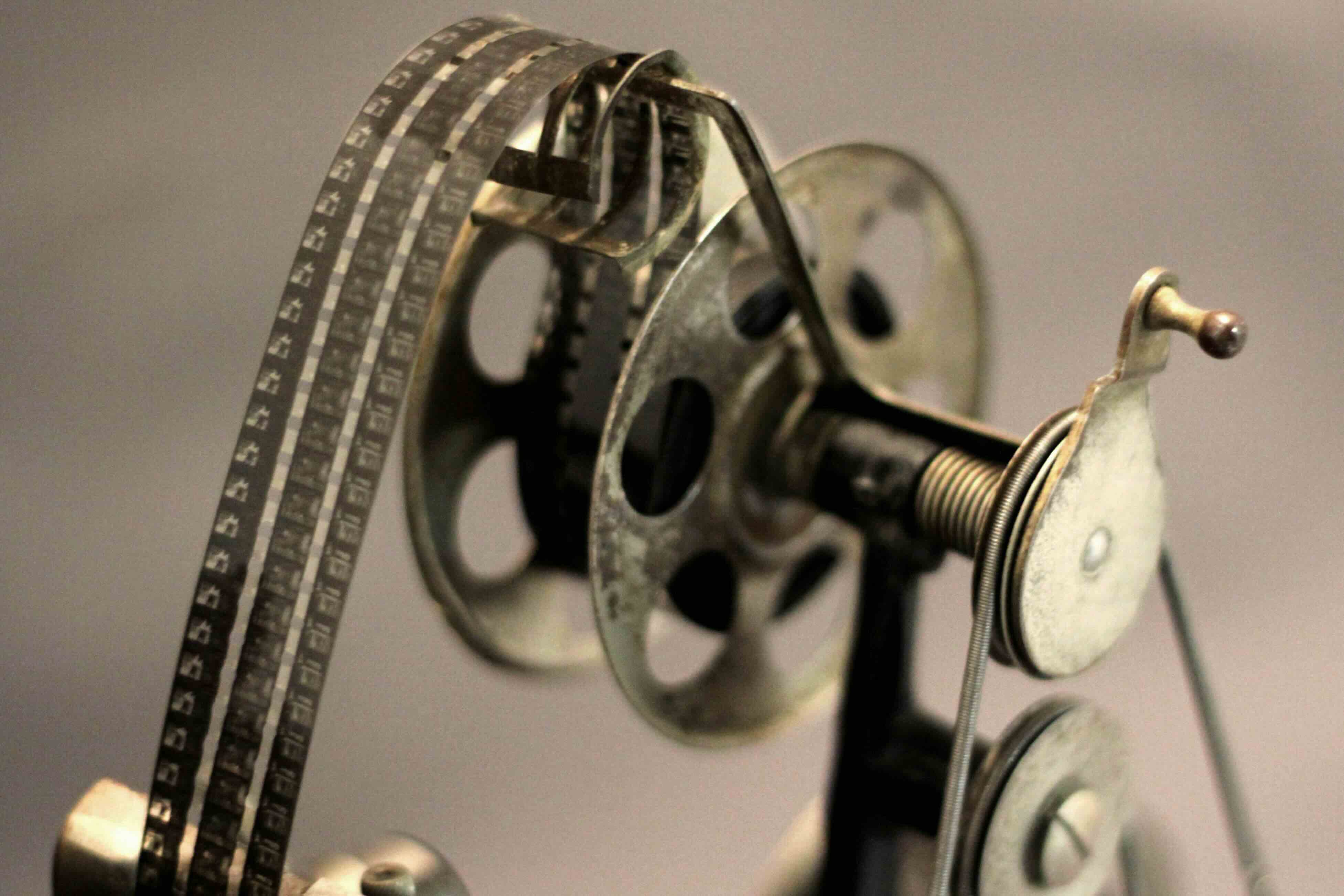

Home Entertainment Systems
Who Invented The Projector (Kinetoscope)
Modified: February 26, 2024
Discover the history of the projector (kinetoscope) and its inventor. Learn about the evolution of home entertainment systems and their impact on modern technology. Explore the origins of this innovative device.
(Many of the links in this article redirect to a specific reviewed product. Your purchase of these products through affiliate links helps to generate commission for Storables.com, at no extra cost. Learn more)
Introduction
Welcome to the fascinating world of motion pictures and the remarkable inventions that have shaped the way we experience visual entertainment. In this article, we will embark on a captivating journey through time, exploring the early attempts at capturing motion on film and the groundbreaking invention of the projector. Our exploration will lead us to delve into the invention of the Kinetoscope, a pioneering device that revolutionized the way people engaged with moving images.
The evolution of motion pictures is a testament to human ingenuity and the relentless pursuit of innovation. From the humble beginnings of still images to the immersive cinematic experiences of today, the history of motion pictures is a testament to the power of human creativity and technological advancement.
Join us as we unravel the captivating story of the projector, a device that has played a pivotal role in bringing the magic of moving images to audiences around the world. Let's delve into the early attempts at motion pictures and trace the remarkable journey that culminated in the invention of the projector and the iconic Kinetoscope. Get ready to be enthralled by the remarkable ingenuity and vision that have shaped the world of visual entertainment as we know it today.
Key Takeaways:
- The Kinetoscope, invented by Thomas Edison, revolutionized visual entertainment by projecting moving images onto a screen, captivating audiences and shaping the future of cinematic storytelling.
- The projector, a pivotal invention in visual entertainment, transformed the way we experience motion pictures, ushering in a new era of cinematic wonder and captivating audiences worldwide.
Read more: Who Invented The Stairs
Early Attempts at Motion Pictures
The quest to capture and reproduce motion dates back to the early 19th century, a time when inventors and visionaries sought to bring still images to life. One of the earliest pioneers in this endeavor was the renowned English photographer Eadweard Muybridge. In 1878, Muybridge conducted a series of groundbreaking experiments using multiple cameras to capture the motion of a galloping horse. These experiments marked a significant milestone in the pursuit of reproducing motion through sequential images.
Building on Muybridge’s work, other inventors and innovators continued to explore the possibilities of motion capture. The invention of the zoetrope, a device that created the illusion of motion from a series of still images, further fueled the fascination with bringing images to life. This early form of animation laid the groundwork for the development of more sophisticated motion picture devices.
As the 19th century progressed, the race to create a device capable of projecting moving images onto a screen gained momentum. Inventors across the globe dedicated their efforts to solving the technical challenges inherent in capturing, processing, and projecting motion pictures. These early attempts laid the foundation for the revolutionary breakthroughs that would soon follow, propelling the world into a new era of visual storytelling and entertainment.
From the humble beginnings of Muybridge’s motion studies to the invention of the zoetrope, the early attempts at motion pictures reflect the unwavering human desire to transcend the limitations of still imagery and unlock the magic of moving pictures. These pioneering endeavors set the stage for the invention of the projector, a device that would forever change the way we experience visual narratives and immerse ourselves in the art of storytelling through motion pictures.
The Invention of the Projector
The invention of the projector marked a pivotal moment in the history of visual entertainment, revolutionizing the way people experienced motion pictures. One of the key figures in this transformative journey was Thomas Edison, a prolific inventor renowned for his contributions to the field of technology and innovation. In 1891, Edison patented the kinetoscope, a device that played a significant role in the evolution of motion picture projection.
Edison’s kinetoscope, which utilized a system of photographs on a rotating cylinder, allowed individuals to view moving images through a peephole. While the kinetoscope represented a groundbreaking advancement in the realm of motion pictures, it was the subsequent development of the kinetoscope projector that truly transformed the cinematic experience. Edison’s vision and ingenuity paved the way for the creation of a device capable of projecting moving images onto a larger screen, captivating audiences and igniting a new era of visual storytelling.
The kinetoscope projector, also known as the Kinetograph, harnessed the power of light and motion to bring images to life in a mesmerizing display of innovation. By utilizing a series of photographs arranged on a strip of film, the kinetoscope projector enabled the seamless projection of moving images, captivating audiences and ushering in a new era of cinematic wonder.
As the kinetoscope projector gained popularity, it captivated the imagination of audiences worldwide, offering a glimpse into the boundless possibilities of visual storytelling. The mesmerizing allure of projected motion pictures captured the hearts and minds of viewers, laying the foundation for the thriving cinematic landscape that continues to captivate audiences to this day.
The invention of the projector represented a monumental leap forward in the evolution of visual entertainment, forever altering the way people experienced the magic of motion pictures. Edison’s pioneering spirit and relentless pursuit of innovation propelled the world into a new era of cinematic wonder, setting the stage for the remarkable advancements that would shape the future of motion picture technology.
The projector, also known as the Kinetoscope, was invented by Thomas Edison and his assistant William Kennedy Laurie Dickson in 1891. It was a significant development in the history of film and motion pictures.
The Kinetoscope
At the heart of the evolution of motion pictures lies the iconic Kinetoscope, a groundbreaking invention that transformed the way audiences experienced visual entertainment. Developed by Thomas Edison and his assistant William Kennedy Laurie Dickson, the Kinetoscope represented a remarkable leap forward in the realm of cinematic innovation, captivating audiences with its mesmerizing display of moving images.
The Kinetoscope, introduced to the world in 1891, offered viewers a tantalizing glimpse into the future of visual storytelling. This remarkable device, consisting of a peep-show viewing system, allowed individuals to witness the magic of projected motion pictures in an intimate and awe-inspiring manner. As audiences peered through the viewing window of the Kinetoscope, they were transported into a world of moving images, experiencing the enchantment of cinematic storytelling in a whole new light.
Central to the Kinetoscope’s mesmerizing display was its utilization of a continuous strip of film, meticulously capturing and projecting a sequence of images that brought stories to life before the eyes of enraptured viewers. The seamless flow of moving images, coupled with the captivating allure of the Kinetoscope’s presentation, captivated audiences and sparked a newfound fascination with the possibilities of visual storytelling.
As the Kinetoscope gained widespread popularity, it became a cultural phenomenon, captivating the imagination of audiences and igniting a fervent passion for the magic of motion pictures. The allure of the Kinetoscope transcended geographical boundaries, captivating audiences across the globe and heralding a new era of visual entertainment that continues to enchant and inspire to this day.
The legacy of the Kinetoscope endures as a testament to the indomitable spirit of innovation and the enduring power of visual storytelling. Its influence reverberates through the annals of cinematic history, serving as a testament to the transformative impact of groundbreaking inventions on the way we experience the magic of motion pictures. The Kinetoscope stands as a timeless symbol of the boundless creativity and ingenuity that have shaped the captivating world of visual entertainment.
Conclusion
The remarkable journey through the history of motion pictures and the invention of the projector has illuminated the captivating evolution of visual entertainment. From the early attempts at capturing motion to the groundbreaking inventions that transformed the cinematic landscape, the story of the projector and the iconic Kinetoscope is a testament to the enduring spirit of human ingenuity and innovation.
As we reflect on the pioneering endeavors of visionaries such as Thomas Edison and Eadweard Muybridge, we are reminded of the relentless pursuit of innovation that has propelled the world of visual storytelling into a realm of boundless possibilities. The invention of the projector and the mesmerizing allure of the Kinetoscope have left an indelible mark on the fabric of cinematic history, shaping the way we experience the magic of motion pictures.
Through the seamless projection of moving images, the projector and the Kinetoscope have transported audiences into realms of imagination and wonder, captivating hearts and minds with the enchanting power of visual storytelling. The enduring legacy of these transformative inventions serves as a testament to the profound impact of human creativity and technological advancement on the way we engage with the art of cinematic narrative.
As we continue to embrace the wonders of modern cinema, we pay homage to the visionary pioneers and groundbreaking inventions that have paved the way for the immersive cinematic experiences of today. The projector and the Kinetoscope stand as enduring symbols of the remarkable journey from still images to the mesmerizing world of moving pictures, inspiring generations of storytellers and captivating audiences with the timeless allure of visual storytelling.
As we look to the future of visual entertainment, we carry with us the legacy of the projector and the Kinetoscope, embracing the transformative power of innovation and the enduring magic of cinematic storytelling. The captivating evolution of motion pictures continues to unfold, guided by the visionary spirit and boundless creativity that have defined the remarkable journey from the early attempts at motion pictures to the immersive cinematic experiences of today.
Frequently Asked Questions about Who Invented The Projector (Kinetoscope)
Was this page helpful?
At Storables.com, we guarantee accurate and reliable information. Our content, validated by Expert Board Contributors, is crafted following stringent Editorial Policies. We're committed to providing you with well-researched, expert-backed insights for all your informational needs.
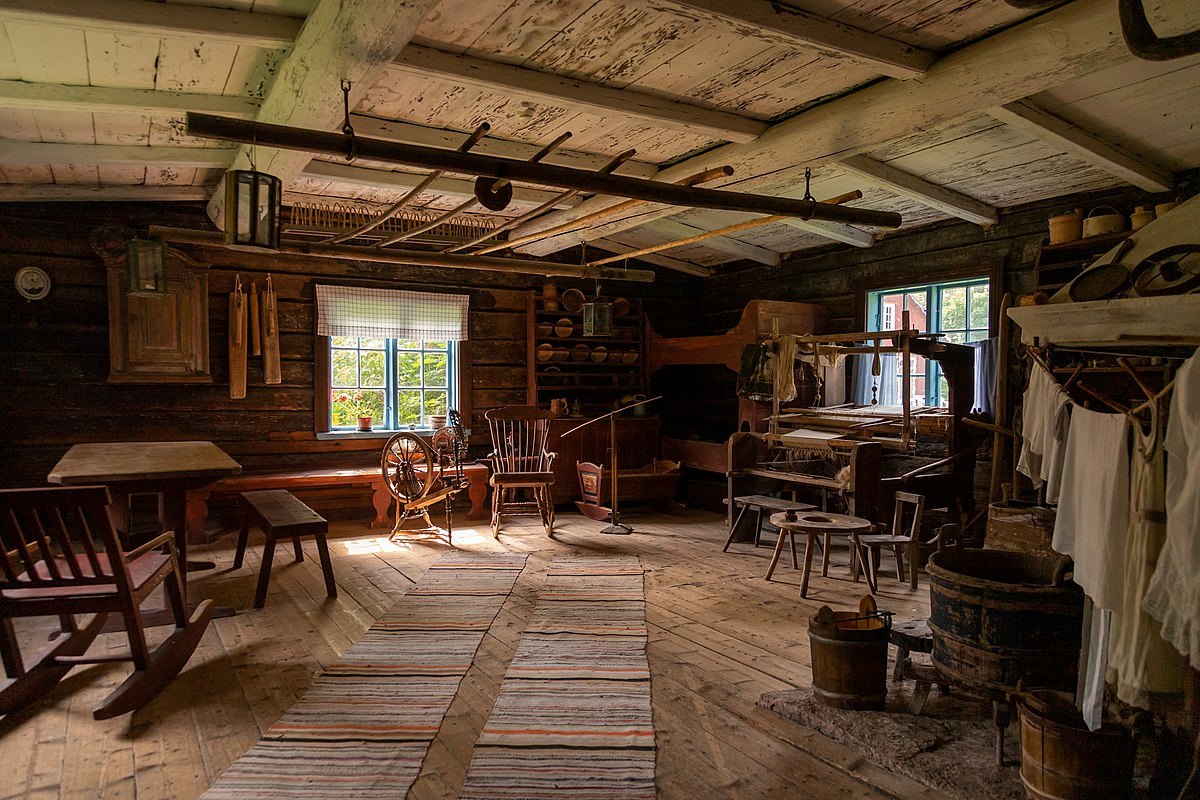

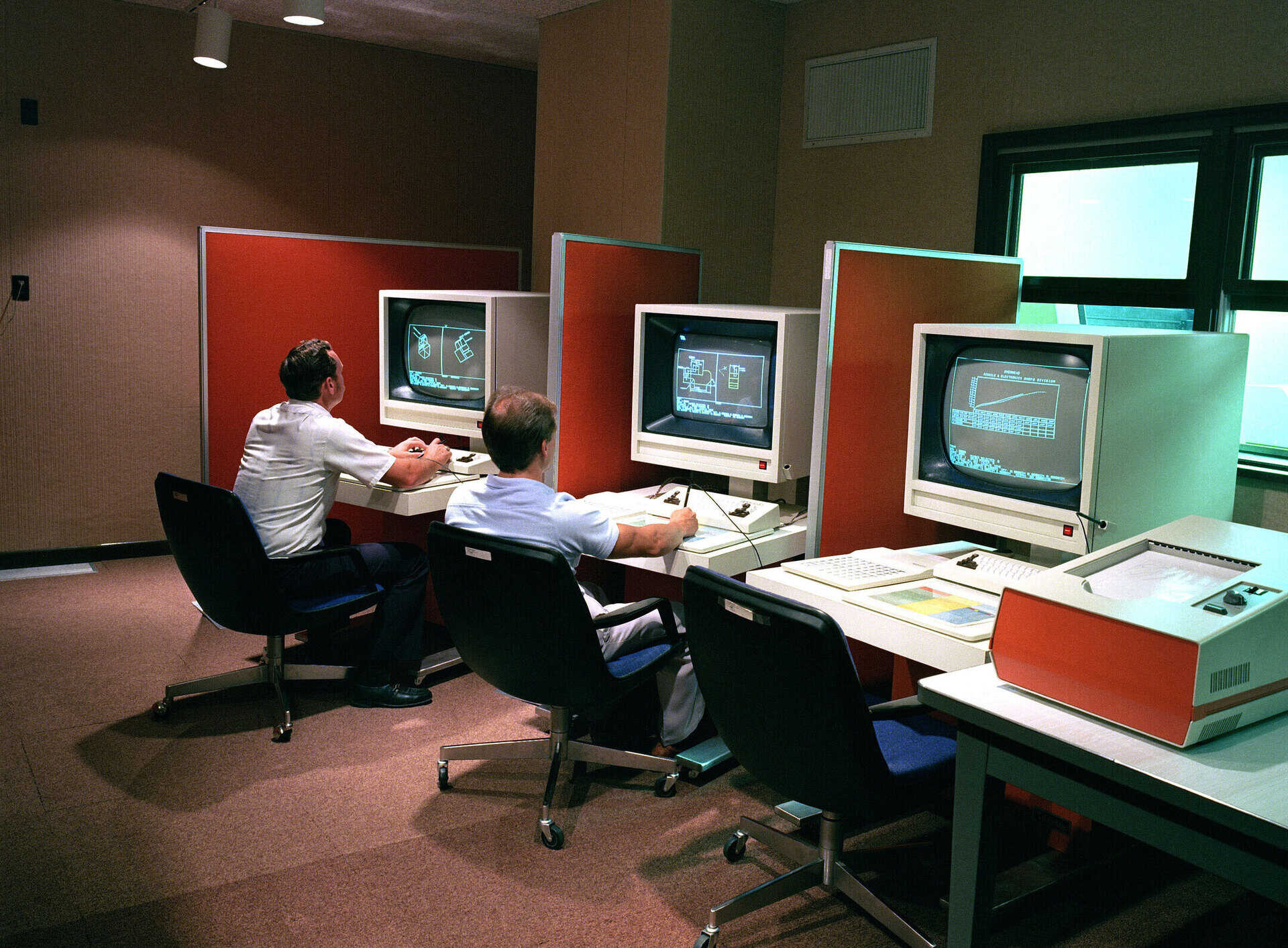




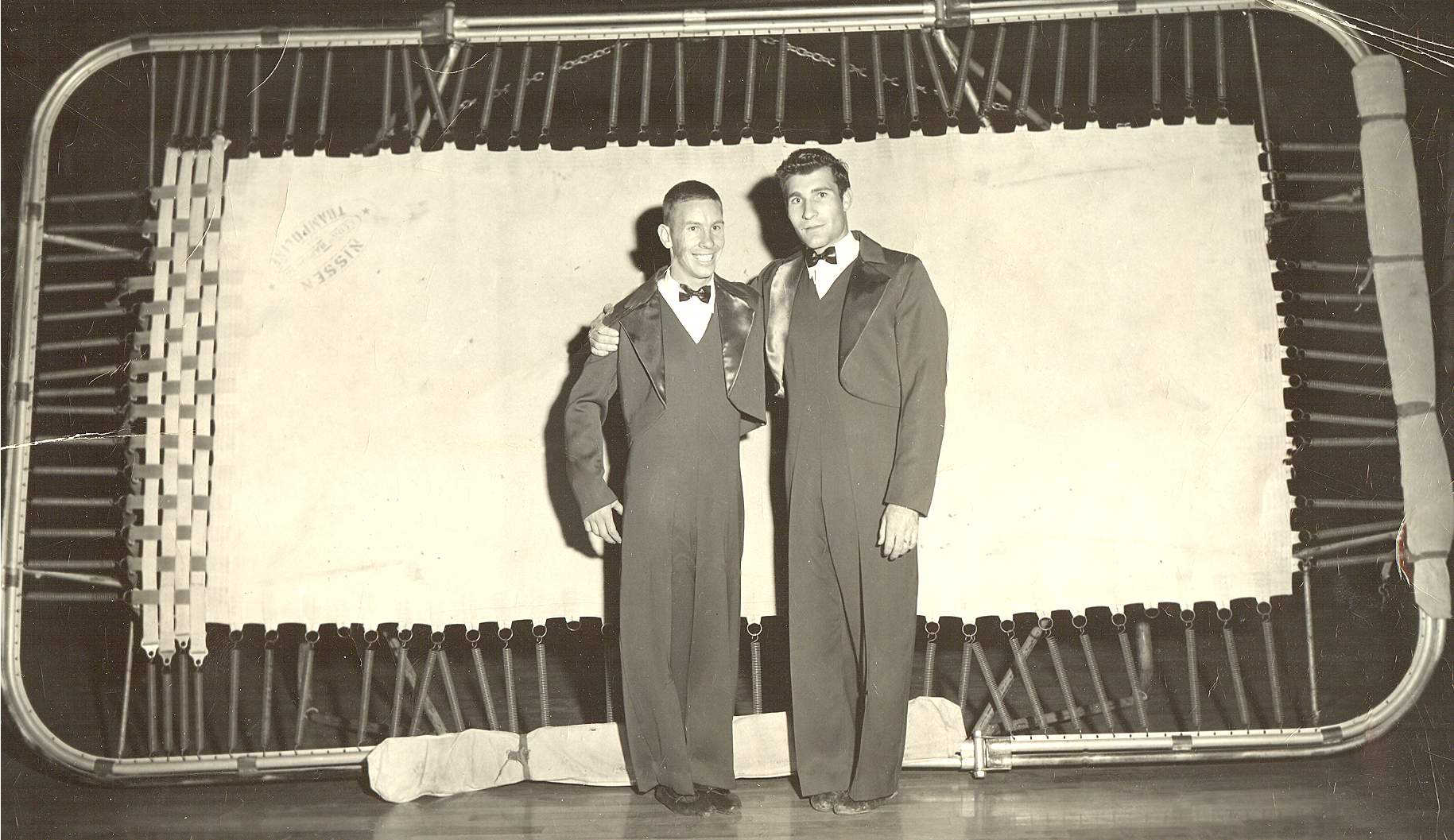
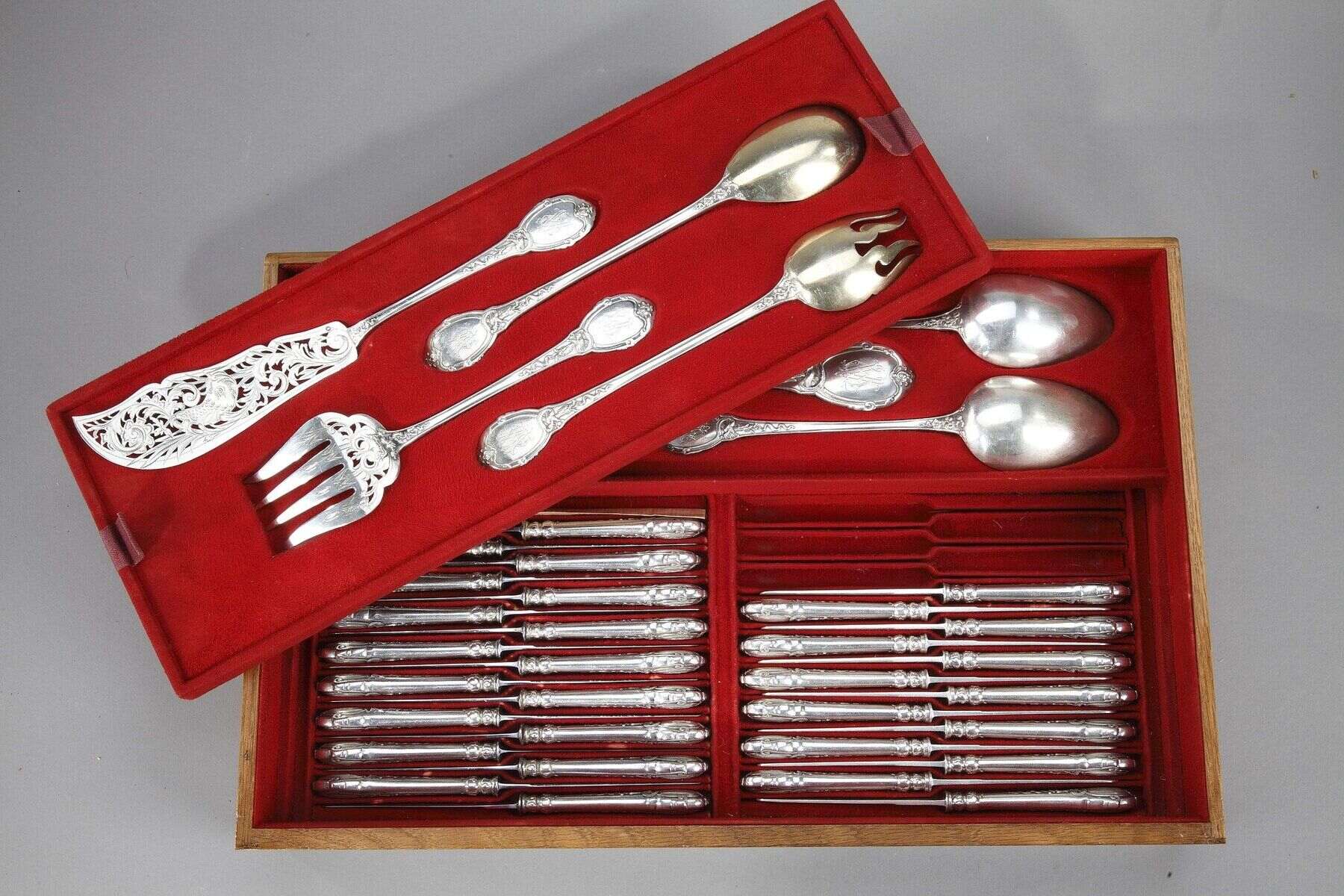


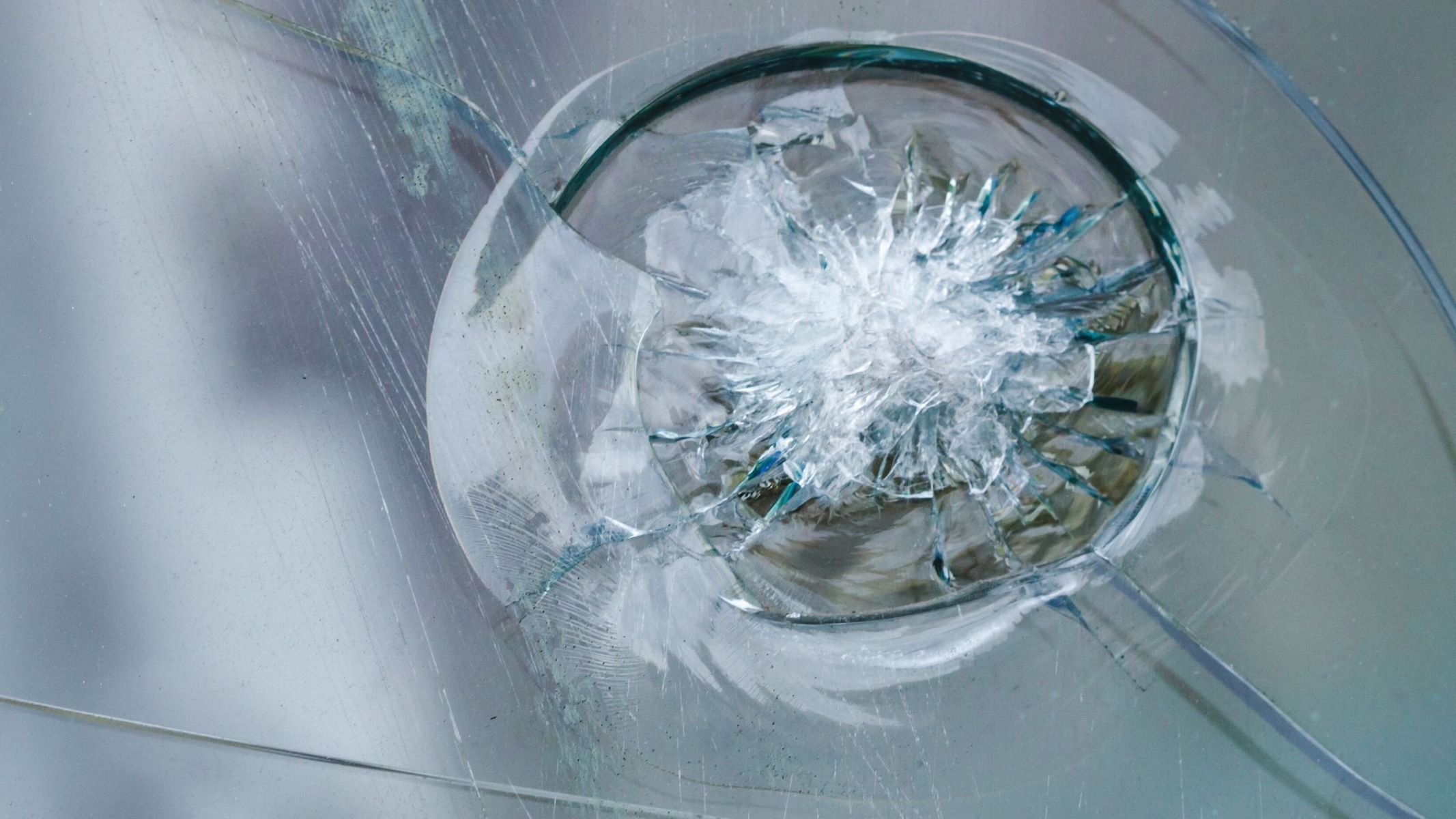

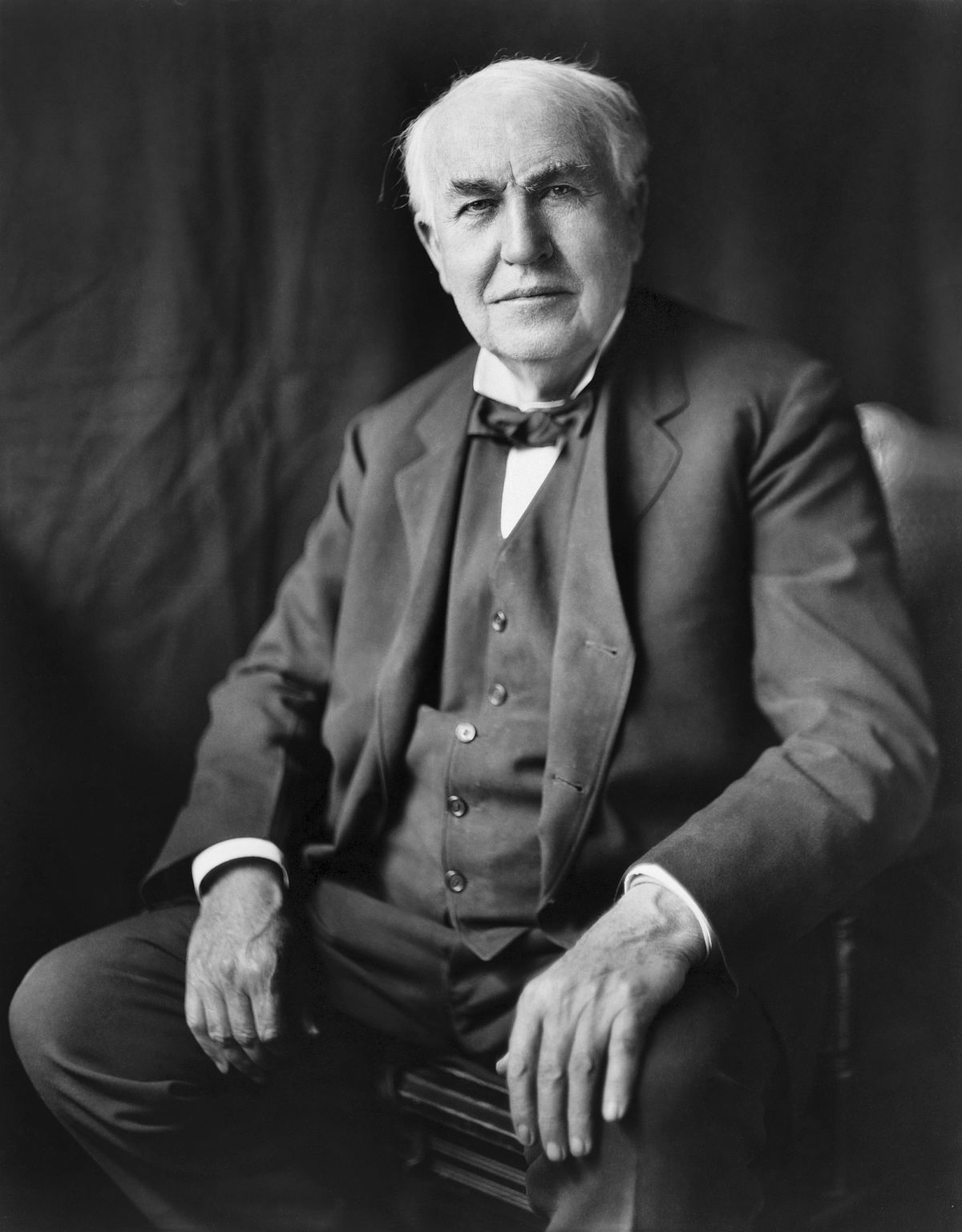


0 thoughts on “Who Invented The Projector (Kinetoscope)”